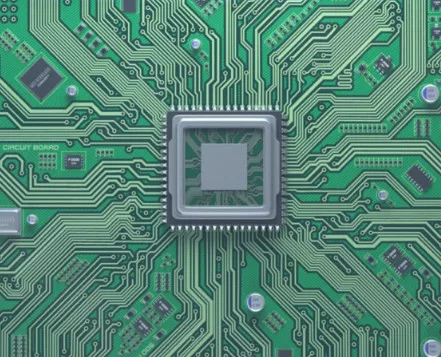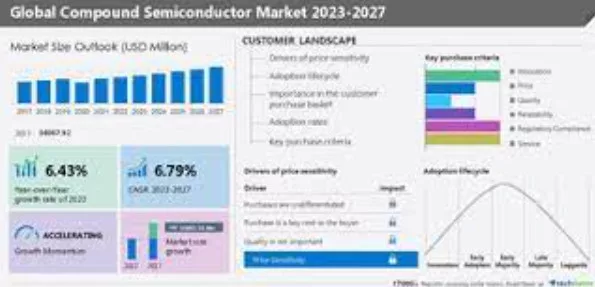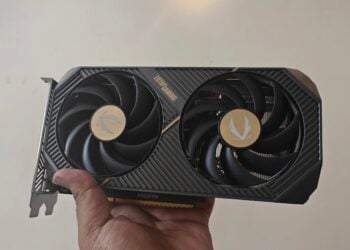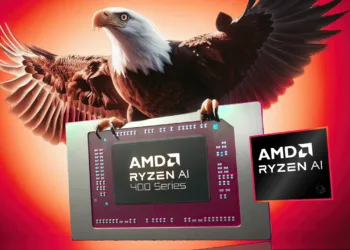The landscape of advanced semiconductor manufacturing is undergoing a transformative journey, as outlined by TrendForce’s recent data, predicting notable shifts in market share from 2023 to 2027. In 2023, Taiwan emerged as the dominant force with a commanding 68% share, primarily attributed to the prowess of Taiwan Semiconductor Manufacturing Company (TSMC). In the rankings, South Korea and the USA came next each holding a 12% share while China trailed with 8%.

More About Advanced Semiconductor Market Share
Looking forward to 2027 Taiwan is expected to maintain its leading position. With a reduced market share of 60%. The USA is projected to see growth reaching a share of 17% and solidifying its presence in the industry. South Korea is set to retain a 13% share whereas China’s share is forecasted to drop to 6%. Japan is predicted to enter the market with a 4% share introducing dynamics.

These changes reflect trends in the semiconductor sector. Taiwan’s slight decline could be linked to increased competition. The emergence of competitors. However, with its established infrastructure and strategic partnerships Taiwan is likely to continue leading the way. The USA’s growth highlights efforts to strengthen manufacturing capabilities through initiatives such as the CHIPS Act. Heightened investments in research and development.
South Korea’s consistent position underscores its dedication to innovation in memory chips and display technologies. On the other hand, China’s decreasing market share raises concerns about its ambitions to become a player in semiconductors facing obstacles, like technological disparities and geopolitical strains. Japan’s return to the market shows a burst of energy fueled by progress in material science and eco-chip designs.

To sum up the expected changes, in the distribution of semiconductor market share suggest a changing environment influenced by technology, investments, and global relations. Successfully navigating this evolving sector demands a grasp of these elements to help stakeholders maintain a competitive edge in the pursuit of semiconductor supremacy.








